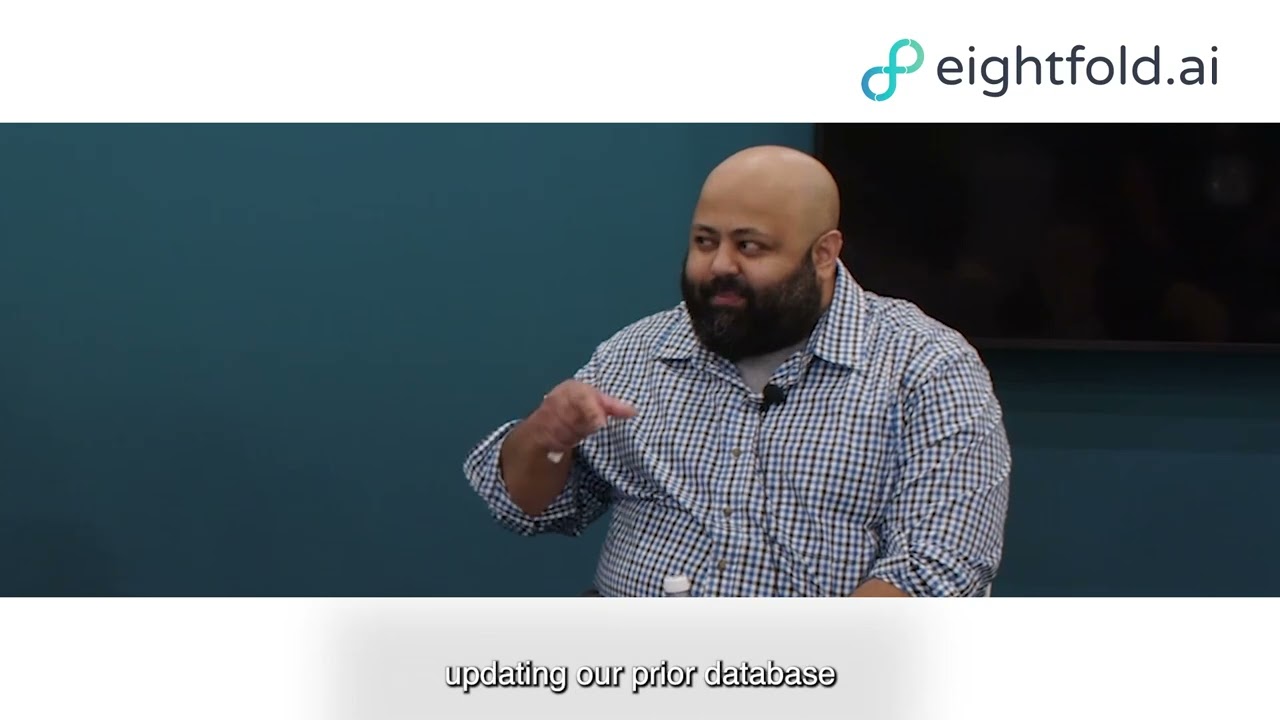In the current economy, flexibility in talent strategy has never been more critical. And being flexible means including contingent workers.
What sets nimble organizations apart is elasticity, or the ability to scale up and down as needed. In 2023, an elastic talent strategy will be vital in navigating the economy.

Related: The future of work is elastic. Hear from Dolby’s Elastic Talent Manager on why contingent workers are essential to withstanding anything that comes their way.
Here’s how to build an elastic network.
Contingent talent brings elasticity to the workforce
The last few years have been difficult for talent-planning teams, and it doesn’t look to get more manageable anytime soon.
With a recession looming, 67 percent of organizations are instituting hiring freezes, according to a PwC survey. Yet talent teams are still responsible for providing the necessary people to maintain operations and fuel growth. Moreover, contingent workers are increasingly essential because they add that elasticity to the workforce.
“The desire to be more flexible with talent supply and demand will lead HR teams to place more emphasis on the contingent workforce,” said Colin Emerson, Strategic Account Manager at Eightfold AI. “They can build talent networks that bend and flex with organizational needs.”

The challenge, said Rebecca Warren, Director of Customer Success at Eightfold AI, is changing the perception of a contingent workforce. “It is less like a temporary solution and more like a strategic approach to augmenting your workforce with skilled, specialized talent when and where you need it,” Warren said.
On top of contingent workers’ inherent flexible and temporary nature, they can also be a great source to provide highly in-demand, specialized skills. For example, Dolby is betting big on its contingent workforce to bring in sought-after skills that it would otherwise struggle to buy or build.
Contingent workers: An essential, yet untapped, part of any talent network
Incorporating contingent workers into a skills-driven view of all talent is a relatively new approach to talent acquisition and management.
Historically siloed across the organization, an elastic talent strategy brings visibility into contingent work. As organizations continuously make workforce decisions informed by skills data, with over 90 percent of executives adopting a skills-based approach, according to Deloitte, this new approach will also permeate contingent-worker decisions.
Building an elastic network starts with a skills gap analysis to identify missing skills. As host of the All About HR podcast and Co-Founder of the Academy to Innovate HR, Neelie Verlinden says that skills-gap analysis plays a vital role in strategic workforce planning.
“For HR, the skills gap analysis is a way to find out which skills and knowledge are lacking among the employees in the organization,” she writes. “Once they have this information, HR can address the skills gap in the organization. This can be done through upskilling, reskilling, L&D investment decisions, succession planning, and so on.”
Conor Volpe, Senior Product Marketing Manager at Eightfold AI, says the key to finding the right skills to fill gaps — especially during an economic slowdown — is searching various sources for the right talent. That includes high performers within the organization, candidates seeking full-time employment, and specialized contingent workers.
Once HR leaders have identified these people, it’s about nurturing those relationships to fill pipelines and close skills gaps, regardless of whether they join as contractors or employees. The result is a skills-driven elastic talent strategy.

In addition to elasticity, there are several other benefits to integrating contingent workers. Namely, onboarding contract workers is significantly quicker than employees. So, when a role becomes available, a contingent worker with the right skills — ideally, someone with whom the organization already has a good relationship — can quickly close that gap.
In her previous talent acquisition role with Target Corp., Warren used talent market and skills data to educate hiring managers on available talent pools. For some hard-to-fill positions, she said the total talent skills framework allowed the team to think about the role differently and find a solution while she continued searching for ideal candidates.
“If you have the data, it’s easier to set expectations with hiring managers on the available talent market, consider a nontraditional candidate, or even bring in a short-term consultant to get things moving,” Warren added.
How AI enables an elastic talent revolution
The key to bringing an elastic talent strategy to life is unlocking organizations’ skills data about their employees, talent pools, and future skill needs.
Here’s how deep-learning AI in talent intelligence helps organizations shift to direct sourcing of contingent workers:
- With the help of AI and critical business partners, talent teams identify skills gaps across their organizations.
- Recruiters and hiring managers partner to build a job requisition, aligning essential skills, ideal candidates, and timeframe goals.
- The role is posted onto a personalized career site that automatically matches qualified candidate résumés with the best-fit positions.
- As applications come in, talent intelligence recommends top candidates from a wide range of sources and can even explain why those candidates are well-matched based on their skills.
- If a contingent worker is the best fit for the role and has availability, talent teams can nurture them and quickly move them through the hiring process.
- Once the contingent worker is hired and onboarded, the organization can track their performance and contract to redeploy to another project.

Together with AI, talent teams can build more flexible workforces. Contingent talent should be included at the core of talent planning, not something that happens on the fringes.
Learn how to revolutionize contingent worker hiring with Eightfold Talent Flex, so organizations can find high-quality talent and minimize dependency on outside firms.
